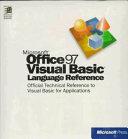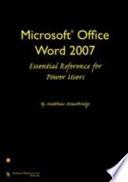
English Grammar in Use with Answers:A Reference and Practice Book for Intermediate Students
English Grammar in Use is a unique combination of reference grammar and practice book for intermediate students (including both lower and upper-intermediate). Designed as a self-study book, it will enable learners to select and study at their own speed those grammar points which they find confusing and want to clarify. All the traditional grammar problems which intermediate students encounter e.g. tenses, modals, prepositions etc., are thoroughly covered. The page layout of each unit makes for ease of use, with the grammar point explained on the left-hand page and exercises to practise it on the right-hand page. There are 130 units in all, and a contents list and detailed index ensure that students can easily find the units they need.
- ISBN 13 : 9780521287234
- ISBN 10 : 0521287235
- Judul : English Grammar in Use with Answers:A Reference and Practice Book for Intermediate Students
- Pengarang : Raymond Murphy,
- Kategori : Foreign Language Study
- Penerbit : Cambridge University Press
- Bahasa : en
- Tahun : 1985
- Halaman : 336
- Google Book : http://books.google.co.id/books?id=kZU3tQEACAAJ&dq=intitle:english+grammar+in+use&hl=&source=gbs_api
-
Ketersediaan :
English Grammar in Use is a unique combination of reference grammar and practice book for intermediate students (including both lower and upper-intermediate).









